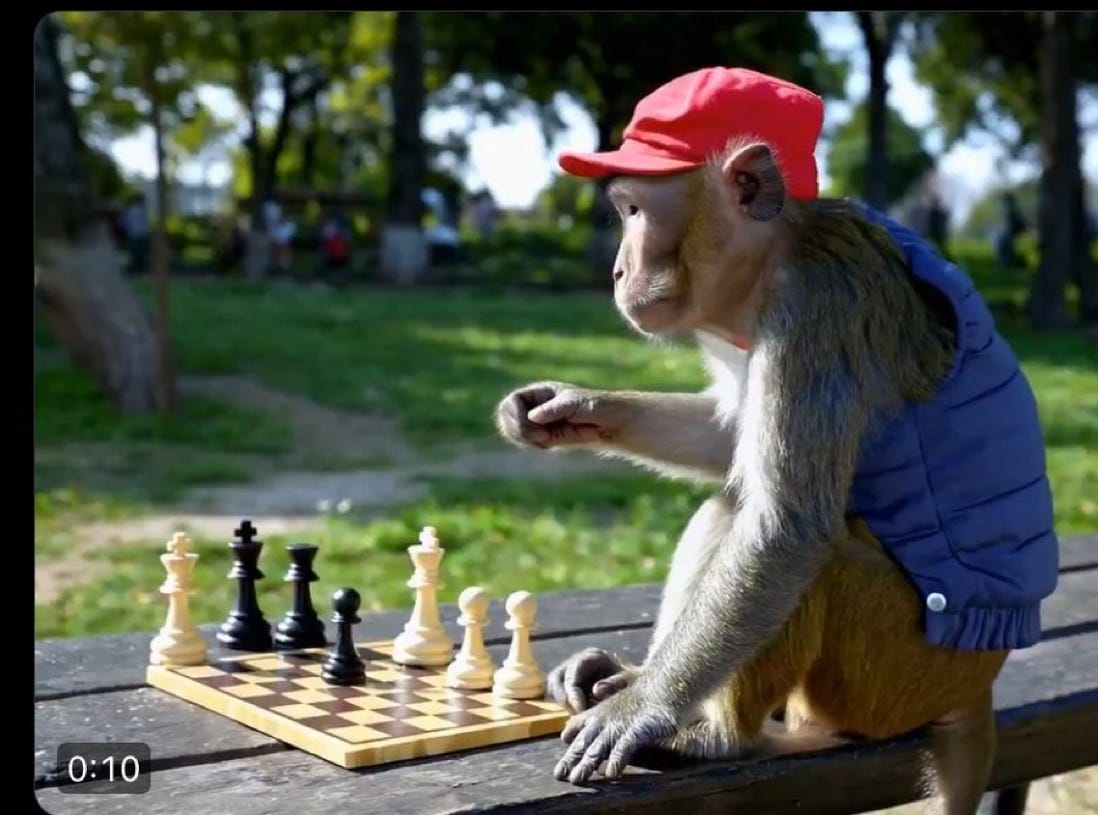A detailed paper discussing the theory underlying CODIL, and it relevance to modelling the human brain and its connections with more conventional computing models is being drafted. This post summaries the main issues to be included in that paper.
CODIL started in the 1960's and is best understood as a research project to develop an "interactive electronic" clerk that could work symbiotically with humans in the context of very large organisations and management information systems. The key requirement was that the clerk used the human terminology to describe the task, was fully transparent and could, if asked, explain what it was doing. There was no explicit attempt to model human intelligence, but the hope would be that the human/computer partnership would be more effective than humans working alone. The current reassessment of the original research, interpreted in terms of a network, suggests CODIL unintentionally reversed engineered some aspects of how the human brain stores and processes information and supports intelligence. It is therefore not surprising the CODIL system uses a very different model of information processing to the stored program computer model based on the pioneering work of Turing and Von Neumann.
If we go back to first principles any observer of the real world will have an incomplete and uncertain view of the surrounding environment, whether the observer is a small animal (human ancestor) with a primitive brain eons ago, a human adult, or a large social organisation. In 2002 Donald Rumsfeld described the importance of real world uncertainty in a large organisation :



